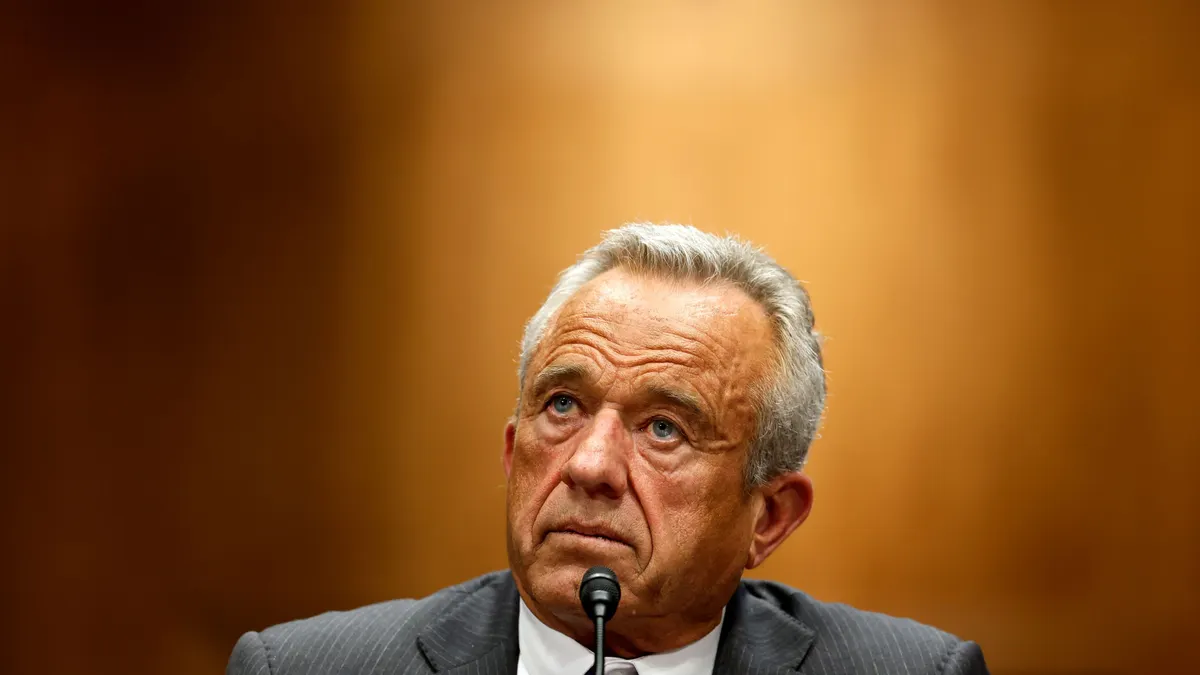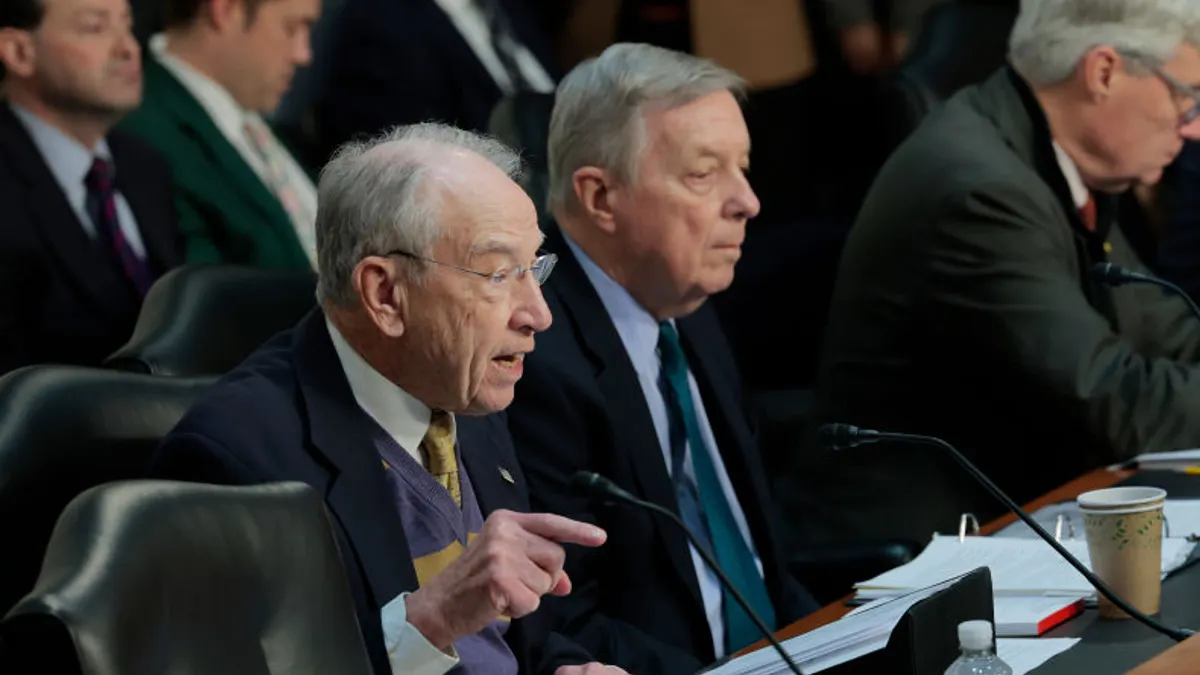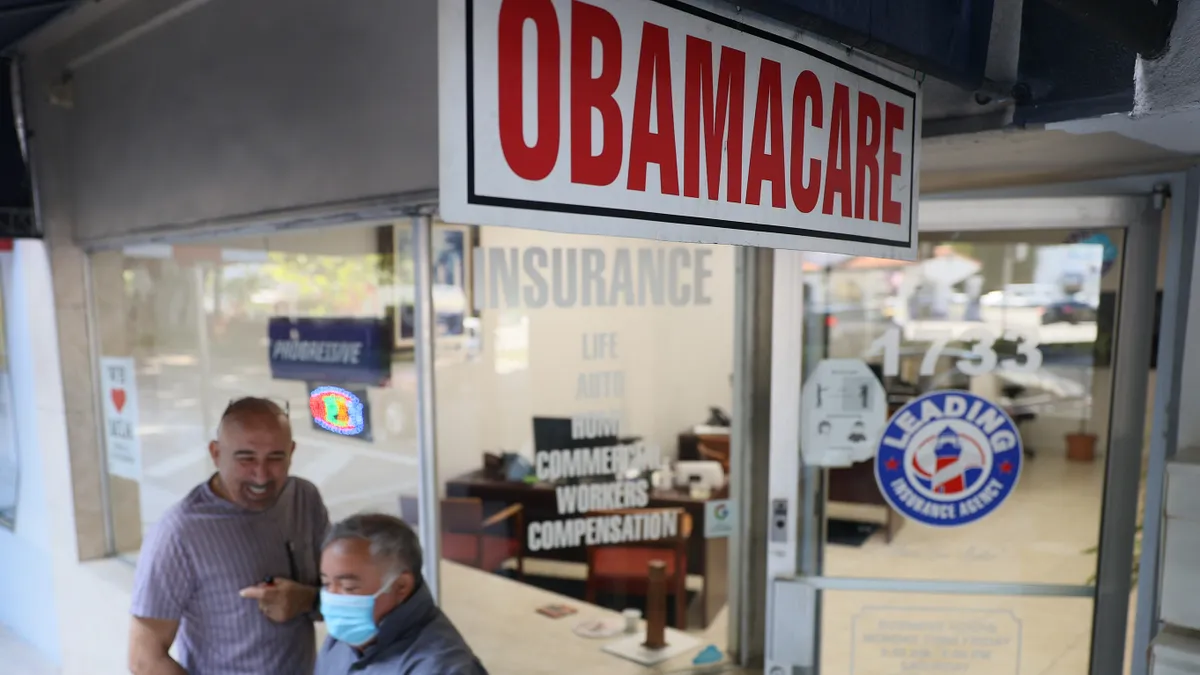Shakespeare famously wrote in The Tempest, “What’s past is prologue,” to express how events of the past set the stage for developments in the present.
That sentiment was clear for health insurers in the second quarter, in which companies that slashed Medicare benefits and cut loose unprofitable members last year enjoyed apparent immunity from the tidal wave of medical costs burying their peers.
Humana and CVS were the only insurers to raise their annual profit expectations following the second quarter, bucking a broader downturn. Four other major payers — UnitedHealth, Elevance, Centene and Molina — either lowered their profit expectations or established new floors well below previous targets.
(The other major publicly traded insurer, Cigna, reaffirmed its previous outlook. Cigna does not participate in MA.)
The state of play is a sharp about-face from 2024. Last year, Humana and CVS were hit hardest by utilization and regulatory changes in the privatized Medicare program as Biden administration policies that shrunk reimbursement coincided with increasing medical spending. Their insurance profits plummeted as a result.
Both insurers retrenched with the hope of improving margins in 2025, slimming their plans and waving goodbye to counties where they couldn’t turn a profit.
That strategy is bearing fruit, CVS and Humana executives told investors in second-quarter calls.
Moves that Aetna made last year to rationalize its products and geographies have resulted in an “optimal” Medicare membership mix, Steve Nelson, the president of Aetna, said during CVS’ call with analysts in late July.
“All respect to the environment that we’re in — very, very encouraged how the quarter is playing out,” Nelson said.
Humana’s MA membership has dropped by more than 400,000 people since the end of 2024, while CVS’ has fallen by more than 200,000 people.
In comparison, other insurers like UnitedHealth expanded their MA membership for 2025, likely capturing some of the high-cost members that Humana and CVS offloaded, according to analysts.
UnitedHealth’s insurance division UnitedHealthcare added more than 500,000 MA members in the first half of 2025 — the largest enrollment growth among leading MA organizations. That’s placed the payer in a tough situation: saddled with more membership at a time of higher costs.
UnitedHealthcare executives said they significantly underestimated accelerating medical trend when they priced their plans for this year, especially in MA.
Medicare is the biggest single driver of lower earnings expectations for 2025, according to Tim Noel, the head of UnitedHealthcare. “In short, most encounters are intensifying in services and costing more,” Noel said on UnitedHealth’s late July call with investors.
Molina also reported medical costs as a percentage of premiums — a metric called the medical loss ratio, or MLR, closely watched by investors — came in higher than the company had expected in MA.
In comparison, executives for Humana and CVS said their plans were well-equipped to cover elevated medical utilization. Humana said its business reduction was to thank.
“We were the only plans to reduce benefits in any way in [2024] and we reduced more benefits more significantly than just about any of our competitors in [2025],” said George Renaudin, the president of Humana’s insurance segment, during the late July call.
Given the reductions, “we have a significant gap to peers’ benefit value while some peers held their benefits stable or even invested more in their benefits,” he added.
Medical costs as a percentage of premiums grew the least for Humana and CVS
Payers that didn’t adequately forecast costs said that they plan to scale back benefits and exit additional markets in 2026 in a bid to recover earnings and get back on Wall Street’s good side.
UnitedHealthcare, which is the largest MA insurer in the U.S., outlined a particularly aggressive strategy. The payer intends to exit plans that currently serve more than 600,000 members, executives said.
UnitedHealthcare will also raise premiums and cut benefits to “intensely focus” on recovering profits, Noel said during the investor call.
As insurers continue to sacrifice growth for profitability, seniors may find themselves with fewer plan options next year. Those remaining may be less generous — especially in the vaunted supplemental benefits like dental coverage or debit cards unique to MA — and include higher premiums or cost sharing.
Still, even with the cuts for 2025, there was still a panoply of plans available for most seniors this year, suggesting that smaller insurers could step into gaps left by the departure of their larger peers. Nearly one-third of Medicare beneficiaries lived in a county with more than 50 MA plan options for 2025, according to the health policy think tank KFF.
Medicaid and the ACA
Insurers are also battening down the hatches in Medicaid and the Affordable Care Act, two areas additionally slammed by rising costs.
In the second quarter, Medicaid spending rose sharply, particularly in behavioral healthcare and high-cost medications, while states’ payment rates weren’t high enough to compensate. As for ACA plans, a market-wide increase in members’ health needs drove higher-than-expected spend, executives for multiple insurers said.
Insurers brought in less profit or even lost money from offering insurance in the second quarter — with two exceptions
Elevance and Molina both said they significantly raised premiums for ACA plans next year, while Centene is currently refiling bids with its ACA states so that it too can raise rates.
UnitedHealthcare could also exit select ACA markets next year if it can’t secure high enough rates, especially given expected membership turmoil, Noel said.
Meanwhile, CVS already said it’ll leave the turbulent ACA exchanges entirely next year.
All told, the actions will result in fewer choices and higher premiums for ACA enrollees in 2026. Insurers are requesting a median premium increase of 15% next year — the largest hike since 2018, according to a KFF analysis of preliminary rate filings.
Major payers are rolling back plans at a time of significant policy uncertainty. The GOP’s recently passed tax and policy law is expected to cause millions of Americans to lose Medicaid and ACA coverage, while more generous subsidies for ACA plans are set to expire at the end of this year — setting up a one-two punch for Americans that rely on government insurance programs.
Meanwhile, many insurers’ stocks have been tanking as investors balk at the challenges facing payers. Credit ratings agencies and investment banks have downgraded several health insurance providers. It’s not surprising then that in this atmosphere, payers are prioritizing profitability over seemingly all else — including the impact on consumers.
During an investor call, Molina CFO Mark Keim summarized the apparent sentiment of major insurers heading into 2026: “We can prioritize margin and let membership fall where it may.”





















